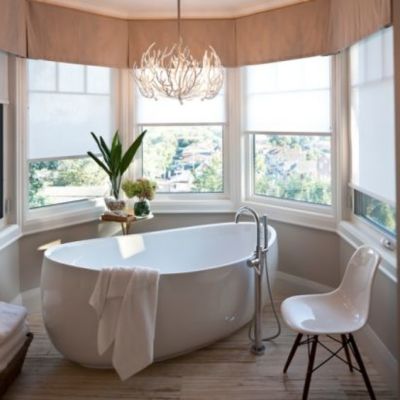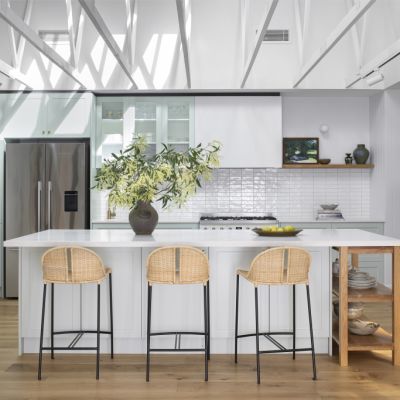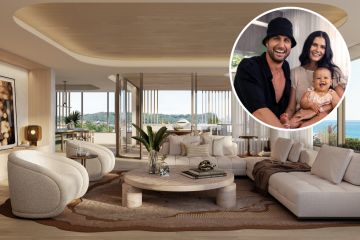Architect, draftsperson, designer or stylist: who do you need for your home renovation?
The building and renovating world feels so complicated these days. With more and more people interested in hiring design professionals, you would think the industry would be making the design-to-build process less ambiguous and daunting for the general public, but that’s not the case.
I remember my parents engaging a builder to build our childhood home. It was all so simple. The builder did a floor-plan sketch on paper, Mum and Dad approved it, and off they went. I wouldn’t be surprised if the builder even made the material selections. This would be unheard of now. Many builders won’t even consider taking on a build without comprehensive construction documentation, and you’d be hard-pressed to find a client who would be so easily pleased.
Our full-service interior design studio has never been engaged by a client who wasn’t at least somewhat perplexed by the design process. Do you need an architect or can you engage a building designer? Where does an architect’s role end and an interior designer’s role begin? What’s the difference between an interior designer and an interior decorator? Agh!
The answers are nuanced and there’s typically cross over between the roles, but let’s break it down as best we can.
Architects
If budget allows, you’ll likely have an architect at the helm of your construction project. Architects have a comprehensive understanding of design principles, structural integrity and building codes.
Architects need to complete a three-year bachelor’s degree and two-year master’s degree and spend another two years working in an architectural firm before they can even register to call themselves architects.
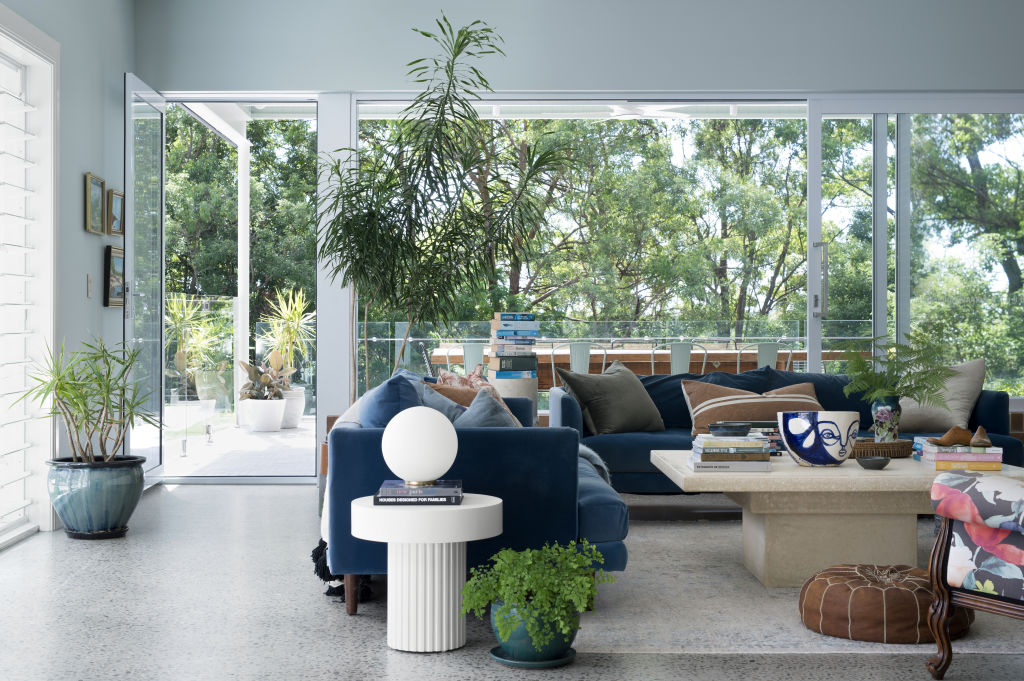
They are responsible for conceptualising a structure’s overall layout and form, ensuring it meets the client’s needs and regulatory requirements. Architects oversee every stage of the design process, from initial sketches to detailed blueprints, and navigate the complexities of site analysis, zoning regulations and environmental considerations.
Many architectural firms also offer interior design concepts. Generally, their design ethos in interiors is to work to a clean, minimal aesthetic, repeating materials to let the building design and interior meld.
Their rigorous training and knowledge base means they don’t come cheap but, when it comes to the building design, no one else can do what they do.
Building designers
People often ask me if they can save some dollars and get by with a building designer (also known as an architectural designer) instead of an architect.
Building designers bridge the gap between an architect and a draftsperson. They are responsible for both the creative and technical components of a build, but are not expected to have the breadth of knowledge and skill of an architect, as their training is less extensive.
While building designers are adept at creating practical, buildable structures, you can’t compare their output to that of a registered architect.
Draftspeople
Draftspeople, also known as architectural drafters, are responsible for translating design concepts into precise technical drawings.
They work closely with architects and building designers to ensure that every aspect of a design is accurately documented. They provide detailed technical documentation, such as construction drawings and permit applications, but are typically not required to come up with the creative concept that you’d expect of an architect or building designer.
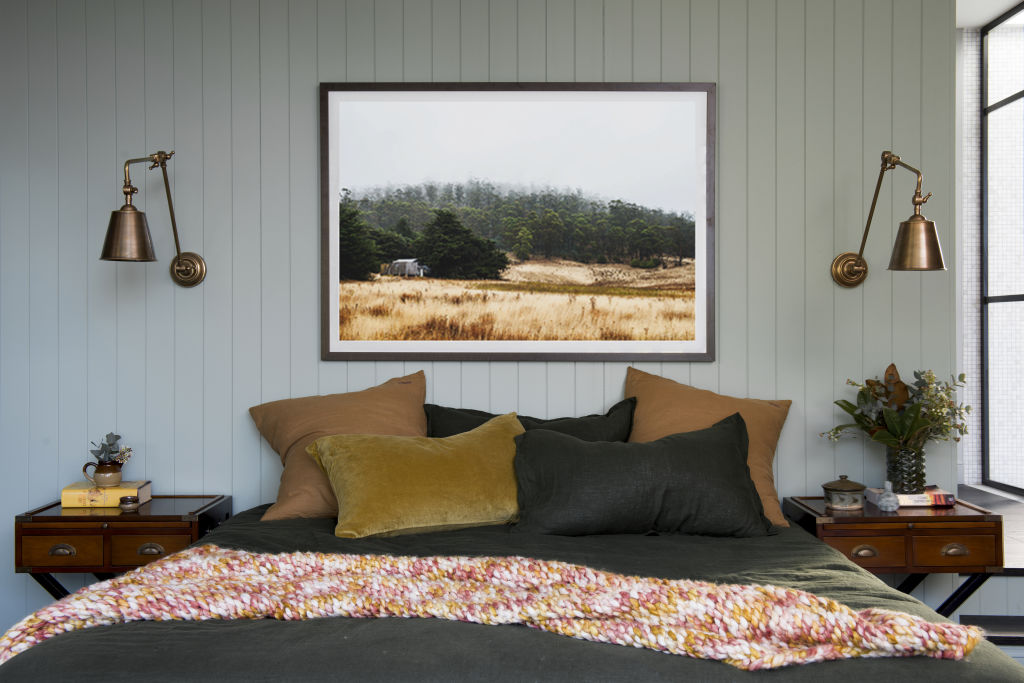
Interior designers
There is a very broad spectrum of skills and services offered by interior designers which makes it frustrating for the industry but even more mind-boggling for those seeking to engage one.
The problem stems from the fact that you don’t need any specific qualifications to call yourself an interior designer, which means you could have anything from a four-year degree and 15 years of industry experience to no formal qualifications or experience.
An interior designer can absolutely have an excellent eye and be exceptional at pulling finishes and fixtures together without any qualifications, but the home owner should be asking what level of documentation and service they’ll be receiving before engaging a designer.
Do you just want a broad concept and mood board or do you require an interior designer who can provide you with high-level, detailed construction documentation and work intimately with the builder and architect?
When interviewing interior designers (and you should interview), always ask to see examples of the types of documentation that the studio will provide. If you’ve also engaged an architect, the architect and interior designer will be working closely together and there should be an establishment of scope to nut out who will be responsible for what.
Typically, in these situations, the architect will be responsible for anything pertaining to the building fabric and the interior designer will design joinery and decorative lighting and schedule all interior finishes and fixtures.
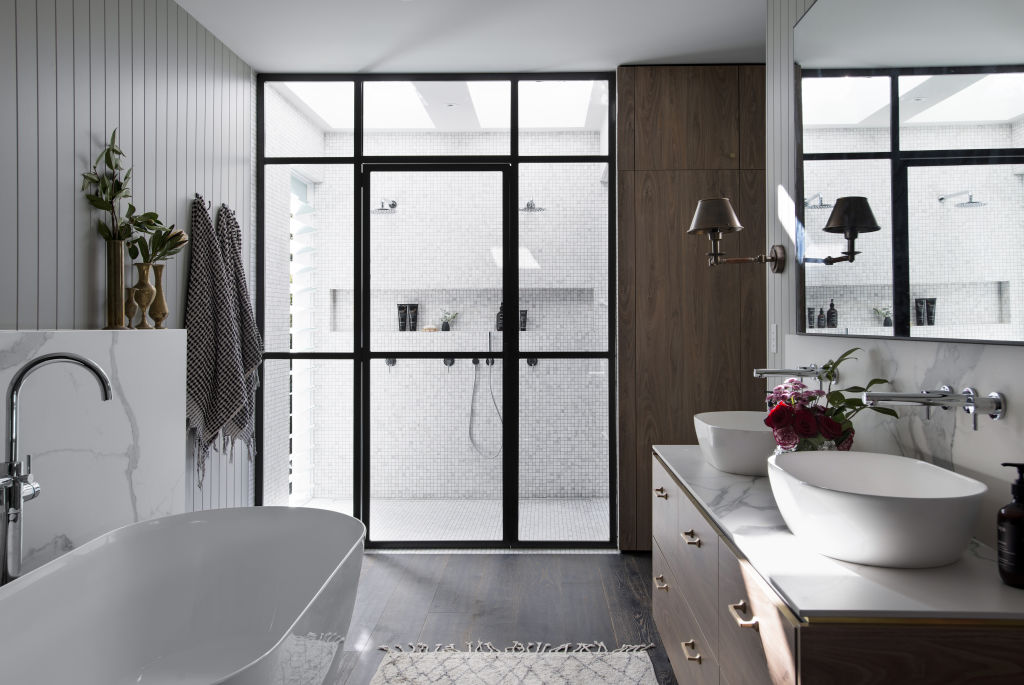
Interior decorators
Interior decorators specialise in enhancing spaces through the strategic placement of furniture, accessories, and decorative accents, sometimes right down to a vase.
Unlike interior designers, interior decorators (who sometimes call themselves stylists) don’t provide joinery drawings or specify hard finishes.
Nearly all interior design studios also offer interior decoration as a service after the interior design phase is completed.
Interior decorators don’t require any formal qualifications but a good one will have a keen understanding of the intricacies of things like curtain pelmets, headings, tracks and fabrics and, depending on their level of engagement, will coordinate makers such as upholsterers and curtain suppliers.
Decorators provide the icing on the cake and can have a huge impact on a project’s outcome, for better or worse.
Led by a passion for interior design, Carlene runs Cedar and Suede, a full-service interior design studio based on the Gold Coast.
We recommend
We thought you might like
States
Capital Cities
Capital Cities - Rentals
Popular Areas
Allhomes
More

